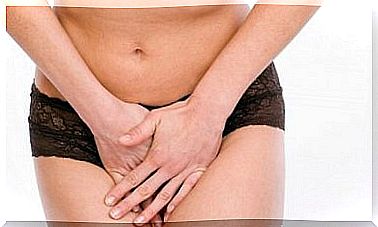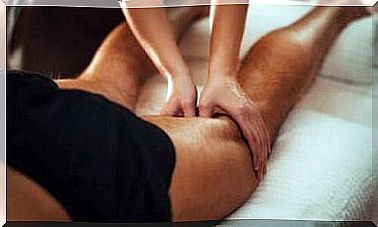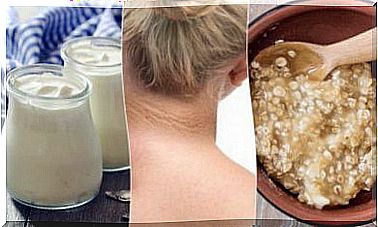What Is An Intracardiac Injection?
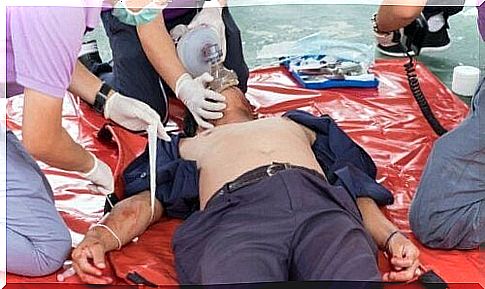
What is an intracardiac injection? A way to provide medicine in emergencies. An emergency is any situation that poses a potential risk of death. In such cases, medication can be given directly into the heart so that it thereby enters the bloodstream directly and acts immediately.
Where doctors most often use intracardinal injections is during cardiac arrest. They are hugely effective because they do not need to be absorbed, but come in directly and work immediately. There is no waiting time and the dosage is 100% usable.
Other than that, there are no variables between patients of the same size and age as one skips the waiting time. This allows doctors to calculate an appropriate amount, and give it quickly and accurately. It is really convenient if the patient is unconscious and the doctor cannot find information about them.
How is an intracardiac injection performed?
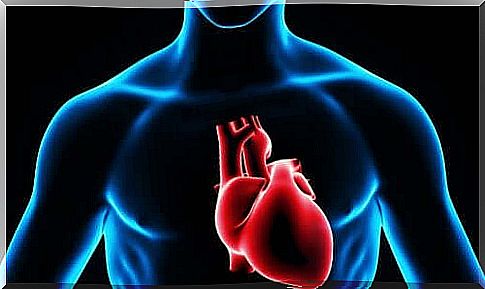
The first step in the process is to prepare a sterile needle that is at least 10 cm long. It is important that it is so large because it must go directly into the heart.
When the needle is ready, charge it with the medicine. Next, the patient’s intercostal cavity must be located. The intercostal cavities are the area between two ribs. They are usually easy to find, but if the patient is overweight it can be troublesome as it is harder to see the ribs clearly.
When finding the fourth left intercostal cavity, or the space between the fourth and fifth ribs, follow the imaginary line connecting that cavity with the sternum on the left side. It’s about where the heart sits.
Lastly, insert the needle there and release the medicine. Despite the difficult journey there, the medicine reaches the myocardium (muscle tissue) and helps the heart to beat if it is stopped.
Also read: A healthy heart with oatmeal and apples
What type of medicine is used for an intracardiac injection?
The most common type of medication is without a doubt adrenaline. Doctors usually use 0.1% adrenaline because it is the concentration that can start your heart without serious side effects. In addition, it is important to remember that everything that is given directly in the heart works immediately. Therefore, a higher dosage can be fatal.
Adrenaline is also known as epinephrine. It is one of the most powerful means of activating the sympathetic nervous system. The heart begins to beat for the signals the system sends. Therefore, you can change the electrical activity of the heart by changing the sympathetic nervous system.
Several studies have shown that an intracardiac injection of adrenaline can improve the chances of survival, up to five minutes after cardiac arrest. But it is not always effective. This is because timing is paramount in this type of emergency. Therefore, the chances of survival are closely related to how quickly the medicine is given.
Also read: The parts and functions of the heart
When is it best to use this technique?
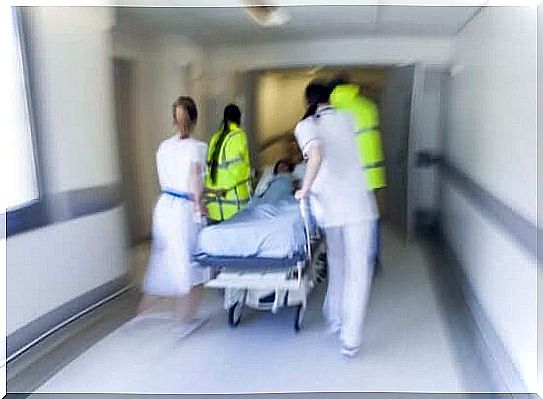
You should not use an intracardiac injection during a heart massage. It is best to separate massages and injections. In this way, the medicine can reach the myocardium completely, reducing ischemia.
Ischemia is the process that cells go through when they die because the blood cannot reach them and nourish them. This process often happens when heart problems occur. But it is most often seen in myocardial infarction, better known as blood clots in the heart.
So what is an intracardiac injection good for?
When a patient has a cardiac arrest, the heart stops pumping blood to the rest of the body and the cells begin to die. Therefore, you need to inject medication directly into the heart, to stop the process. If done correctly, the blood can flow through the body again.
Lastly, we should emphasize that you should never try this technique unless you are a certified medical doctor.



